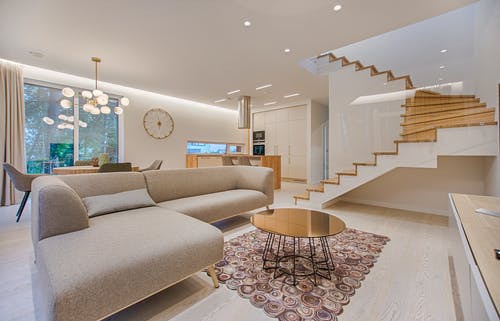How Is Residential Treatment Carried Out?
When it comes to overcoming addiction, one of the most effective forms of care provided is through a residential addiction treatment program. This immersive, supportive environment helps individuals on their journey toward recovery by offering a structured setting that balances individual therapy, group sessions, and recreational activities. The goal is to foster healing in a space that removes patients from the triggers and stresses of their everyday lives.
The Structured Environment of Residential Care
A residential addiction treatment program, often referred to as inpatient treatment, involves the client living at the facility where they are undergoing treatment for a period. This kind of treatment can be used for a variety of conditions, including substance abuse disorders, mental health issues, eating disorders, and other behavioral problems. Here’s how residential treatment is typically carried out:
1. Assessment
Upon entry to a residential treatment program, clients undergo a comprehensive assessment to determine their treatment needs. This assessment includes a review of medical and psychiatric history, substance use history, behavioral assessments, and other relevant factors.
2. Routine
Residential treatment provides a structured environment with a routine schedule. This might include specific meal times, therapy sessions, recreational activities, and sleep. The structure is designed to provide stability and consistency, which is often beneficial for recovery.
3. Therapeutic Interventions
A variety of therapeutic interventions are used in residential treatment facilities, including:
-
Individual Therapy: Private sessions with a therapist to work on personal issues.
-
Group Therapy: Group sessions facilitate peer support and allow clients to learn from the experiences of others.
-
Family Therapy: Some residential programs involve family members in the treatment process to address family dynamics and support systems.
-
Behavioral Therapy: Approaches like Cognitive Behavioral Therapy (CBT) to address thought patterns and behaviors.
-
Specialized Therapy: Depending on the facility, this might include trauma therapy, art therapy, music therapy, equine therapy, etc.
4. Medical and Psychiatric Care
Residential facilities often have medical and psychiatric professionals on staff or on call to address physical and mental health concerns, administer medications, and provide ongoing assessments.
5. Life Skills Training
Many programs focus on teaching life skills to help clients successfully reintegrate into society after leaving the treatment center. This may include financial management, job skills, interpersonal communication, and self-care practices.
6. Peer Support
Community living aids in developing social skills and peer support. Clients can form supportive relationships that help them through the challenges of recovery.
7. Aftercare Planning
Before clients leave the residential treatment facility, staff work with them to develop an aftercare plan. This plan often includes ongoing therapy, support groups, and plans for dealing with potential relapse triggers.
8. Recreational and Holistic Activities
These include physical exercise, yoga, meditation, and other activities to promote well-being.
9. Continuity of Care
If needed, coordination with external healthcare providers or community resources is arranged to ensure continuity of care once the client leaves the facility.
10. Monitoring and Adjustment
Clients are continuously monitored throughout their stay, and treatment plans are adjusted as necessary to meet their evolving needs.
The duration of the residential treatment can vary widely; some programs are short-term (30 days or less), while others may last for several months or even longer, depending on the specific needs of the individual.
Effective residential treatment programs are characterized by their holistic approach to addressing all areas of a person’s life and their ability to provide a safe and supportive environment that reinforces recovery.
Choosing the Right Residential Treatment Program
When choosing a residential treatment facility, finding one that aligns with your unique recovery needs is crucial. Ensuring you select a drug detox center in Ventura County, CA, with the appropriate care levels, amenities, and specialized programs can significantly impact your path to sobriety and long-term success.
Factors to Consider
-
The types of addiction the program specializes in
-
The qualifications and credentials of the staff
-
The treatment approach and philosophy
-
The location and setting of the facility
-
Insurance acceptance and financial considerations
The Role of a Supportive Community in Rehabilitation
Embarking on the road to recovery should never be a solitary endeavor, and facilities like Paradiso Recovery understands this intimately. Our residential treatment center provides a tight-knit community that fosters peer encouragement and shared experiences, extending a lasting support network. With alum programs that continue to engage individuals post-treatment, we ensure that every person has access to a supportive reminder of their journey and achievements, which is crucial for maintaining long-term sobriety.
Final Thoughts on Residential Treatment
Step into a brighter future with us. Our residential treatment sanctuary is where expert care, personalized therapy, and a supportive community unite to empower your sober journey. Embrace the change, reclaim your life, and join the beacon of hope of Paradiso Recovery. Begin your transformative path to a fulfilling, addiction-free life today. Your new beginning awaits—take action now.



